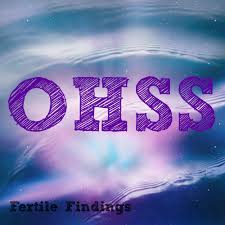 During IVF, infertility doctors prescribe injectable medications called gonadotropins to help women produce as many robust looking eggs as possible for their upcoming IVF cycle. This is called controlled ovulation induction.
During IVF, infertility doctors prescribe injectable medications called gonadotropins to help women produce as many robust looking eggs as possible for their upcoming IVF cycle. This is called controlled ovulation induction.
We are on a quest for the optimal number of eggs to combine with sperm to create as many viable embryos as possible. All of these efforts increase our patients’ chances to have a successful IVF cycle now and in the future with frozen cycles.
But there can be side effects from taking these medications. One of the most serious is ovarian hyperstimulation syndrome (OHSS). At HRC Fertility, we are committed to educating our patients to recognize the symptoms of OHSS as well as knowing what to do if they start experiencing any of them. Our first duty to you is to ‘do no harm.’
Who is most at risk?
Women with polycystic ovary syndrome (PCOS) and those who are underweight are more prone to OHSS. Other indicators are being under 30, having a large number of follicles, an increasing level of estradiol before an HCG shot and a history of previous OHSS episodes. Some research has indicated anti-mullerian hormone and antral follicle count levels may be predictive of OHSS, but more studies are needed.
When does OHSS start?
OHSS starts approximately seven to 10 days after your egg retrieval. So be on the alert because it can start with mild symptoms that progress to more serious and, even, life threatening ones.
What is OHSS?
Fertility drugs used for stimulation cause the ovaries to enlarge. In some cases, the ovaries are so sensitive to these medications that they enlarge four to five times their normal size, producing very high levels of estradiol, a form of estrogen.
Having hCG (human chorionic gonadotropin) in your system, which is given in a ‘trigger’ shot to release eggs from mature follicles, also plays a role in OHSS. OHSS may worsen if you become pregnant and create your own hCG.
Occasionally, additional substances may be produced in excess and fluid can collect in the abdomen, which causes swelling and discomfort.
What are the symptoms of OHSS?
It is important to recognize when your symptoms are not normal. Many women will experience a mild amount of bloating or abdominal pain, but when combined with other symptoms or a rapid worsening, it is best to err on the side of caution and let your health care provider know you are feeling discomfort.
Mild to moderate symptoms
Mild to moderate abdominal pain, bloating, nausea, vomiting, diarrhea, ovarian tenderness and a sudden weight increase of two or more pounds on any two consecutive days
Severe symptoms
Symptoms can quickly escalate into the severe form and can include excessive bloating; unusual abdominal tenderness or pain; sudden, rapid gain as high as 30 to 40 pounds in five to ten days; noticeable increase or decrease in urination; nausea and the inability to eat routine meals or to take fluids; and shortness of breath.
What should you do if you suspect OHSS?
Immediately call your doctor or nurse coordinator. We would rather you be safe than sorry.
Can we prevent OHSS?
Researchers are looking for ways to betters predict which patients may be most at risk as well as fine tune medication protocols.
Our physicians closely monitor patients with serial ultrasounds, laboratory testing and by educating you about signs and symptoms of OHSS. Severe OHSS is rare, with one to two percent of women experiencing it, but our goal is to prevent any of our patients from experiencing it. Education, monitoring, and communication are key to prevention.
References

